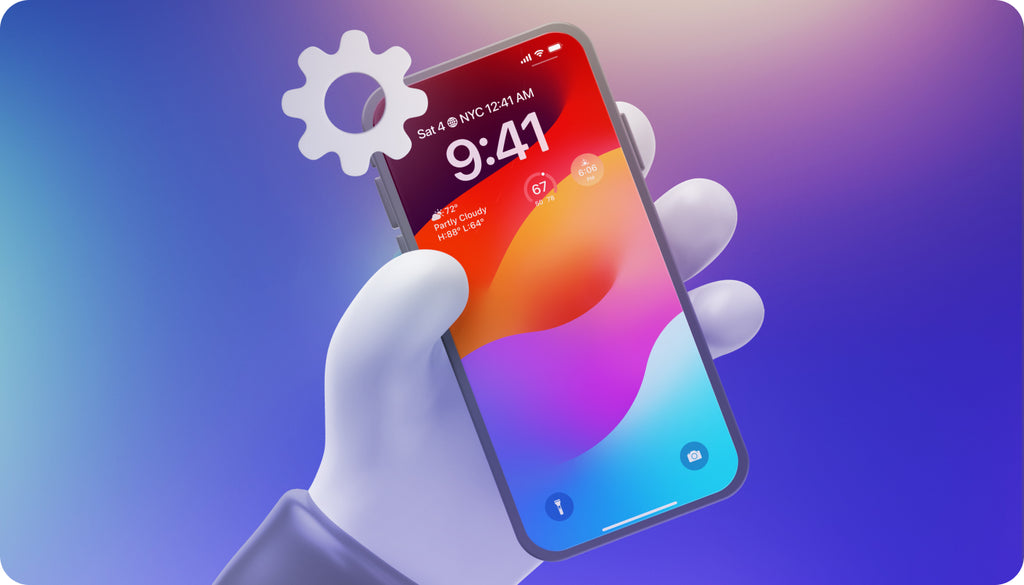VIRTUAL SIM TECHNOLOGY
Mobile computing is a paradigm that has been incorporated in the daily lives of most people. Communication mobility can be described as a necessity, as well as a lifestyle, for customers and enterprises as well. Although mobile phones can only provide limited functions such as memory, processing and power, the advent of the phones has enabled communication with a click regardless of the time or the location. Although the GSM model introduced unimaginable capabilities in the communication industry and in addition developed a robust architecture for the newer generation networks, questions have been raised with regard to the possibility of offering a SIM technology that is accessible universally and more so standardized virtual SIM card offered on the cloud. According to the Financial Times, (2014) SIM activation is different depending on the respective region a factor that largely incapacitate both the subscribers and the communication service providers. In this research, a deep analysis of the virtualization of SIM cards is carried out. The research details the virtualization platform, and how it can offer various SIM cards on one mobile device, for increased convenience, speed and reduced costs for the customers.
Introduction
The expansion and growth of the telecommunication has seen the introduction of new architectures infrastructures and solutions, which will meet the increasing demands of the tele-services users while simultaneously reducing the capital expenses. Among the suggested solutions is the use of virtual SIM cards. This service will allow the mobile subscribers to make use of multiple numbers on the same device. The new technology is meant to address the inconveniences of swapping multiple cards and devices when a customer wishes to use a different Communication Service Provider. The virtual SIM cards will be independent of the card operator that is placed in the device.
The Virtual SIM solution will offer several pros to the subscribers, as well as to the mobile operators. On the one hand, the customers will get the chance of getting the services of distinct service providers without necessarily purchasing new handsets and SIMs. On the other hand, the CSPs will have the advantage of expanding the client base, coupled with reduced operational costs.
Apple Soft SIM
So far, some renowned companies such as Apple have introduced the virtual SIM solution in their handsets. According to Tech 2 (2015) Apple considered the virtual concept for some time, and introduced it in October 2014. The new soft SIM feature offered the customers a range of CSPS from the phone menu and still maintained the use of the traditional SIMS. The new feature. which was introduced at a time when the industry was seeking ways of getting rid of the physical SIM cards, offers the customers with the option of dynamically using different service providers. This technology was however limited by the costly nature of Apple products, as well as the limitation of choosing only the CSPs included in the menu. Although the concept is among the first steps in the implementation of virtual SIM technology, it still left significant demand and need unmet such as what of the customer wished to access the communication services offered by CSPs that were not included in the menu.
Benefits of Virtual SIM Technology
Although the new SIM technology has benefits to the carriers and the customers, research indicates that majority of the advantages lie on the side of the customers. They range from increased connectivity options, more choice and a better customer experience. The leading implications of the virtual SIM for customers include:
Increased Provider Choice
According to research carried out by Smart Insights (2016) having the option of choosing between multiple service providers is the main benefit of the virtual SIM technology. As the new cards are gradually rolled out to the customers, they will gain access to all the available connections regardless of the network they choose. In addition, customers can use software that can choose the optimum network based on the one that has the best speed and price.
Global Roaming
Customers have made complaints with regard to the inconvenience of having to wait in line when travelling in foreign countries to get a local SIM card. The introduction of virtual SIM cards would eradicate this bad experience by narrowing it down to a single click to activate the network in the new country. Other than reducing the time needed to get connected, the SIM cards will also reduce the roaming charges associated with international travel.
Convenience
The new SIM card technology will also impact the design of mobile devices. According to the phone manufacturers will have the option of making the phones not only thinner but lighter,since there will be no requirement for a physical SIM card slot. Aside from this, the customers will easily be able to switch the carriers and choose the one that best meets their current needs. They will also enjoy more convenience in terms of managing the contacts after registration. Corporate clients will enjoy the cost savings since they would not have to buy extra handsets.
Supports Multiple Network Technologies
The Virtual SIM technology will support LTE a wireless technology that supports high communication speeds in mobile phones. It will also support GSM and CDMA which are tasked with voice and cellular connections. The compatibility with the three technologies will improve the network quality as well as the speed for the end users.
Security
Physical SIM cards face many security threats among them theft. Since the new cards will be virtual, customers will not have to deal with device security threats such as stolen phones, and jail breaks. Corporate customers will also gain from the security information that will be incorporated d in the cards. Aspects such as private key data would be used for authentication in the networks. This will simplify the process of locating lost device through data loss prevention solutions. The technology will also facilitate the development of more secure devices by incorporating a security authentication process for the available networks.
Additional Benefits
Other than the aforementioned benefits, consumers and organization will benefit from the improved services and rates offered by the CSPs. Research from Smart Insights (2016) shows that the networks providers would have to improve their services across different realms. Among them is increasing the security of the networks, which will be beneficial for the customer. In addition, since the customers can change the carriers, the service providers would have to aim at offering real time privacy, security and protection. To gain competitive advantage, network providers would have to work on improving aspects such as speed and connectivity which will work in the advantage of the customers.
Conclusion
The telecommunication industry has witnessed the introduction of various technologies in its course. Ranging from the introduction of GSM networks to WIFi functionality, customers continue to enjoy the benefits that come with these advances. These benefits are expected to increase with the launch of the virtual SIM technology that has been analyzed in detail above. Through this technology, customers will be offers simple, as well as seamless interactions with multiple network carriers and open the growth barriers in the realm. As indicated above, Virtual SIM technology has been tried by leading companies such as Apple and Samsung. Although the companies are yet to perfect the technology, they have shown that, its implementation is indeed possible. The CSPS and carrier will have to respond positively to the new model by changing their mobile operations and creating new revenue models.




